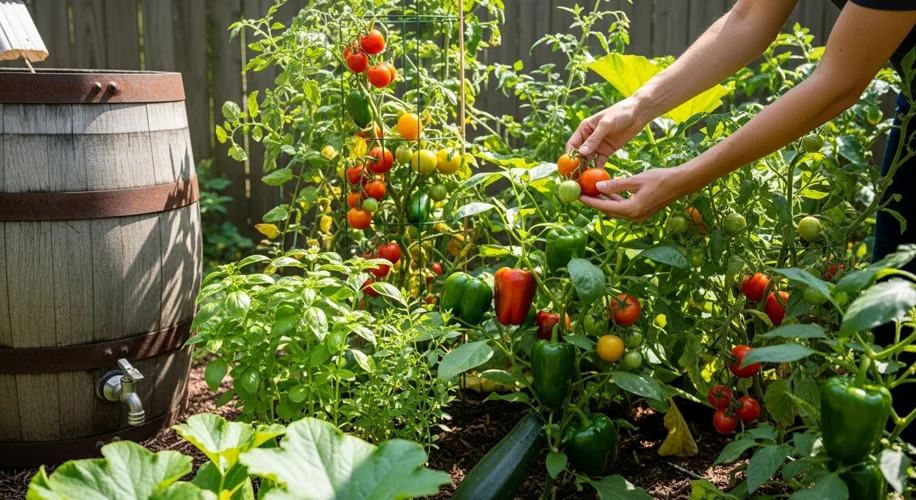Summer is in full swing here in the Midwest, and my garden is absolutely bursting with life. The tomatoes are heavy on the vine, the peppers are starting to ripen, and the zucchini… well, let’s just say there’s plenty to go around!
There’s something incredibly rewarding about growing your own food. It’s not just about the taste, though that’s a huge part of it. It’s about connecting with the seasons, understanding where your food comes from, and the simple satisfaction of nurturing something from a tiny seed into a bountiful harvest.
This year, I’ve been focusing on a few key practices that have made a real difference in my garden’s productivity and health. I wanted to share some of what I’ve learned, in case you’re looking to boost your own garden’s success.
Healthy Soil is Key
I used to think that just throwing seeds in the ground was enough. Boy, was I wrong! The foundation of any good garden is healthy soil. This past spring, I spent a lot of time amending my soil with compost. If you don’t have a compost bin, I can’t recommend it enough. It’s like magic for your garden – turning kitchen scraps and yard waste into nutrient-rich food for your plants. I’ve found that consistent composting significantly improves soil structure, drainage, and fertility, leading to stronger plants and better yields.
Seasonal Planting for Success
Knowing what to plant when is crucial. Here in the Midwest, we’ve had a good run of warm weather, perfect for heat-loving crops like tomatoes, peppers, cucumbers, and beans. I’m always checking local planting guides to make sure I’m giving my plants the best start. For instance, planting basil near your tomatoes isn’t just a good companion planting strategy; it’s said to improve tomato flavor too!
Sustainable Practices Make a Difference
Beyond composting, I’m always looking for ways to garden more sustainably. Water conservation is a big one. I’ve started using a rain barrel to collect water, and I make sure to water deeply in the early morning to minimize evaporation. Mulching is another simple but effective practice. A layer of mulch around your plants helps retain soil moisture, suppress weeds, and regulate soil temperature.
Embrace the Learning Curve
Gardening is a continuous learning process. Some things thrive, and some things… well, they don’t. This year, my pole beans went a bit wild, and I had to build extra support for them. It’s all part of the adventure! Don’t be afraid to experiment. Try new varieties, learn from your successes and your failures, and most importantly, enjoy the process. The connection to nature and the delicious, fresh food are well worth the effort.
From my garden to my table, it’s a journey I cherish. Happy gardening!

